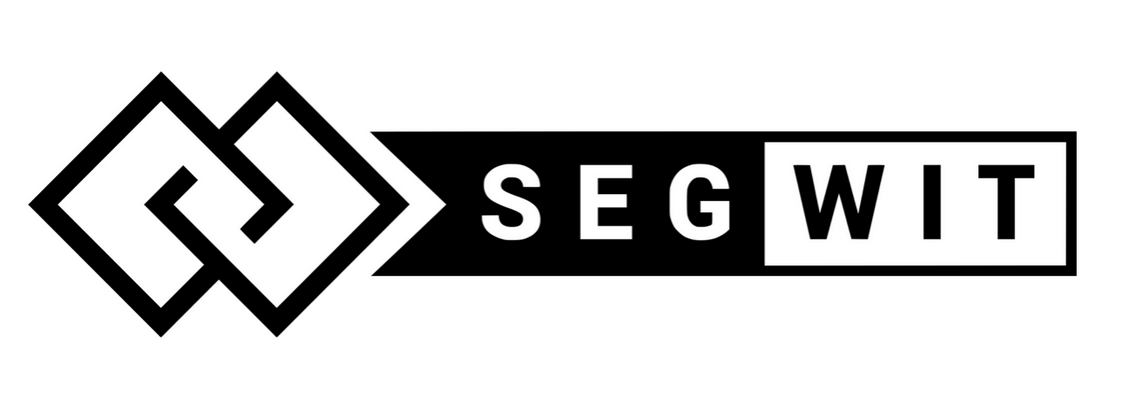Page Summary
Segregated Witness (SegWit) is an update to the Bitcoin protocol that reduces the size of transaction data and makes transactions faster, with a higher degree of scalability and lower transaction costs. Segregated Witness does this by storing signature data in a different way. It shortens transactions to provide space to add more transactions to the blockchain. The term SegWit refers to Segregated Witness. Witness stands for witness or transaction signature and separation thereof. The problem SegWit needed to solve was transaction malleability.
The idea of implementing SegWit was first discussed by Pieter Wuille at a Bitcoin conference in 2015. Wuille is a Bitcoin programmer and co-founder of Blockstream, a software company that builds financial services on the Bitcoin blockchain.

What is Transaction Malleability?
Transaction malleability means the changing of Bitcoin ownership signatures contained in Bitcoin transactions. Bitcoin transactions are signed with a digital signature. Segwit still uses signatures, but no longer to make a transaction identifiable.
Why Was Segregated Witness (SegWit) Introduced?
Segregated Witness was introduced because Bitcoin faced scalability issues. Scalability is the ability of the Bitcoin network to process a certain amount of transactions at a certain transaction speed and the associated reliability and security of the transaction. If a network is scalable, it can handle a large number of transactions, execute them fast, and guarantee its reliability.
Every Bitcoin transaction contains both a public address and a private key. The entire Bitcoin network can see the public address. Only the owner of a Bitcoin address can see its private key. During a Bitcoin transaction, one user requests a payment from another Bitcoin network user. This request contains the other user’s public address and the amount of Bitcoin they need to send.
Bitcoin miners need to process the transaction. This means the encryption of transaction information to obscure the transaction data. Each block on the blockchain contains a queue of transactions that miners need to process. Once the block reaches its limit, it creates a new block.
Bitcoin nodes will then receive a notification. The nodes need to verify the transaction information. If more than half of the nodes agree with the validity of the transaction information the new block is added to the blockchain and the Bitcoin transaction takes place.
As Bitcoin gained popularity, more transactions took place on the blockchain, which added more blocks to the chain. The blockchain created a block every 10 minutes and their maximum size was one megabyte (MB). The number of transactions caused the network to slow down in processing and verifying them.
The solution to this problem was to segregate the signature of the transaction witness from the transaction data.
How Does Segregated Witness (SegWit) Work?
Segregated Witness (SegWit) works by dividing blockchain transactions into two parts. It removes the unlocking signature from the original transaction data but it remains part of the blockchain. The transaction still contains the sender and recipient data, but Segwit moves the signature (witness) data to the end. This segregation of data allows more transactions to take place on the blockchain.
Disclaimer
eToro is a multi-asset platform which offers both investing in stocks and cryptoassets, as well as trading CFDs.
Please note that CFDs are complex instruments and come with a high risk of losing money rapidly due to leverage. 51% of retail investor accounts lose money when trading CFDs with this provider. You should consider whether you understand how CFDs work, and whether you can afford to take the high risk of losing your money
This communication is intended for information and educational purposes only and should not be considered investment advice or investment recommendation. Past performance is not an indication of future results.
Copy Trading does not amount to investment advice. The value of your investments may go up or down. Your capital is at risk.
Don’t invest unless you’re prepared to lose all the money you invest. This is a high-risk investment and you should not expect to be protected if something goes wrong. Take 2 mins to learn more
eToro USA LLC does not offer CFDs and makes no representation and assumes no liability as to the accuracy or completeness of the content of this publication, which has been prepared by our partner utilizing publicly available non-entity specific information about eToro.
